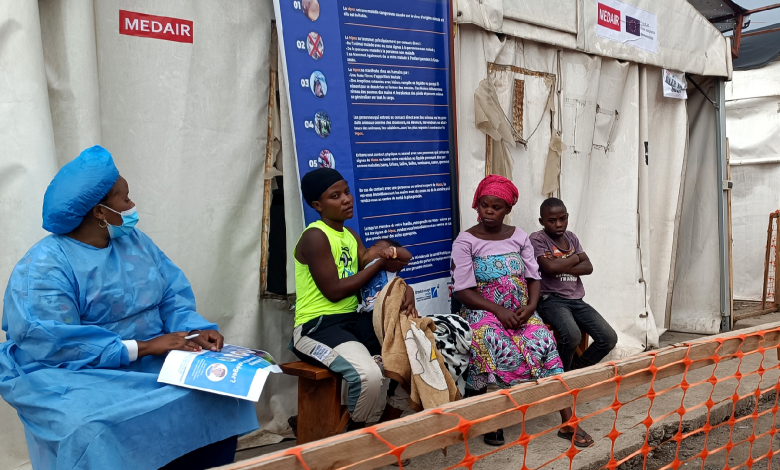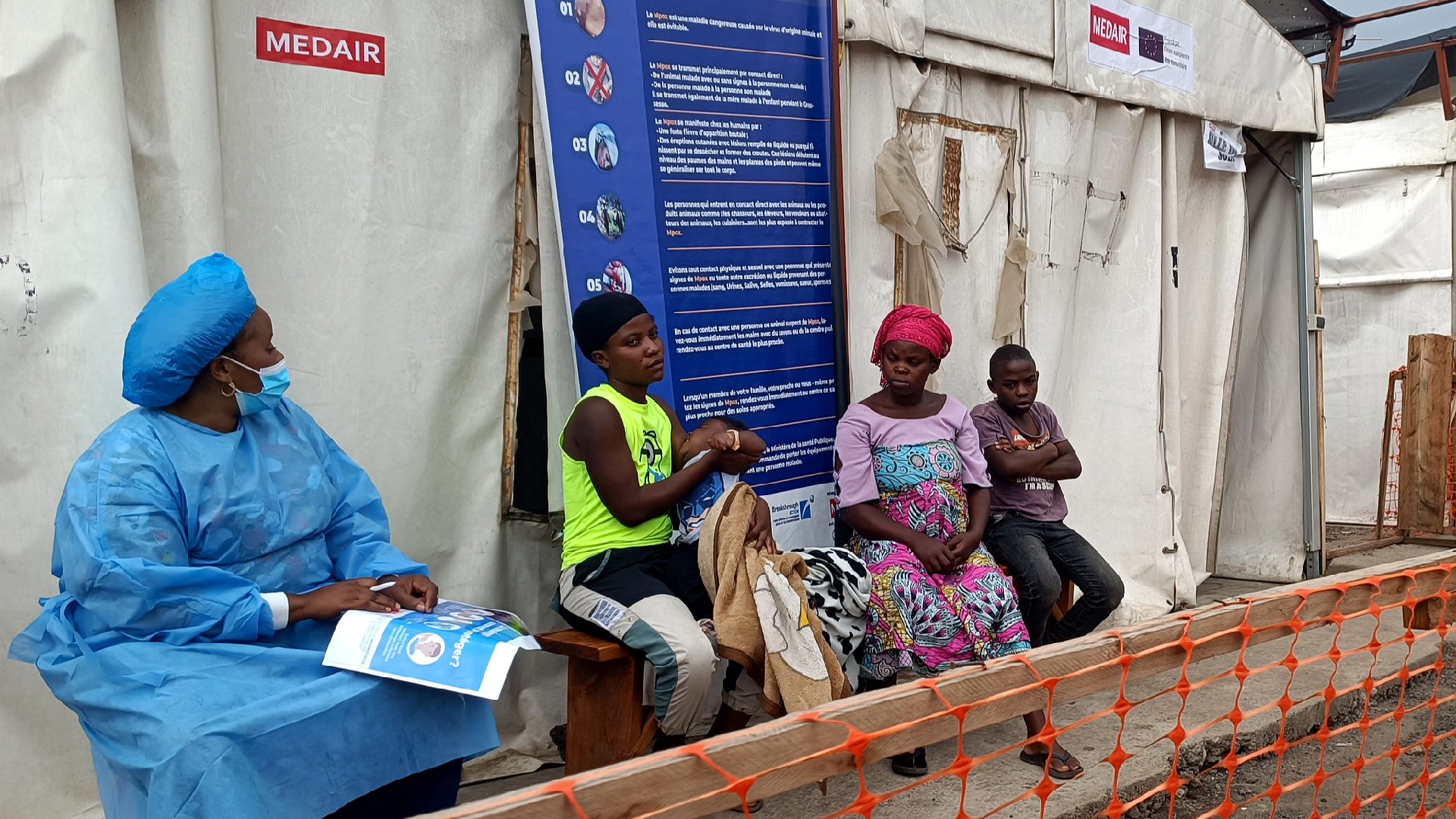WHO approves first mpox diagnostic test for emergency use


<img src='https://news.cgtn.com/news/2024-10-04/WHO-approves-first-mpox-diagnostic-test-for-emergency-use-1xq1rcJxoJO/img/438691df29d945a38894e6012b0de0ad/438691df29d945a38894e6012b0de0ad.jpeg' alt='Patients infected with the mpox virus receive treatment at a medical facility in Nyiragongo, Kivu, Democratic Republic of the Congo, September 4, 2024. /CFP
'
The World Health Organization (WHO) has approved its first emergency use diagnostic test to detect mpox, developed by Abbott Laboratories. This move aims to enhance testing capabilities in countries experiencing outbreaks of the disease.
The test, known as the Alinity m MPXV assay, uses real-time polymerase chain reaction (PCR) technology to detect the mpox virus DNA from human skin lesion swabs. Designed for use by trained clinical laboratory personnel, this diagnostic tool is expected to aid in the rapid and accurate identification of the virus, according to the WHO.
Yukiko Nakatani, WHO’s assistant director-general for access to medicines and health products, emphasized the importance of this approval as the first mpox diagnostic test to be listed under the Emergency Use Listing (EUL), stating that it marks a key milestone in expanding testing availability in affected regions.
The EUL procedure enables a risk-based assessment of unlicensed vaccines, tests, and treatments to expedite their availability during public health crises.
The WHO is currently evaluating three additional mpox diagnostic tests for potential emergency use authorization. It is also engaging in discussions with other manufacturers to further broaden the availability of diagnostic tools for the virus.
Earlier in August, the WHO called on manufacturers to submit their diagnostic products for emergency review, highlighting the need for effective testing solutions, particularly for low-income populations.
Mpox was declared a global public health emergency for the second consecutive year in August, following an outbreak in the Democratic Republic of the Congo, which later spread to neighboring countries, including Burundi, Uganda and Rwanda.
(With input from Reuters)

